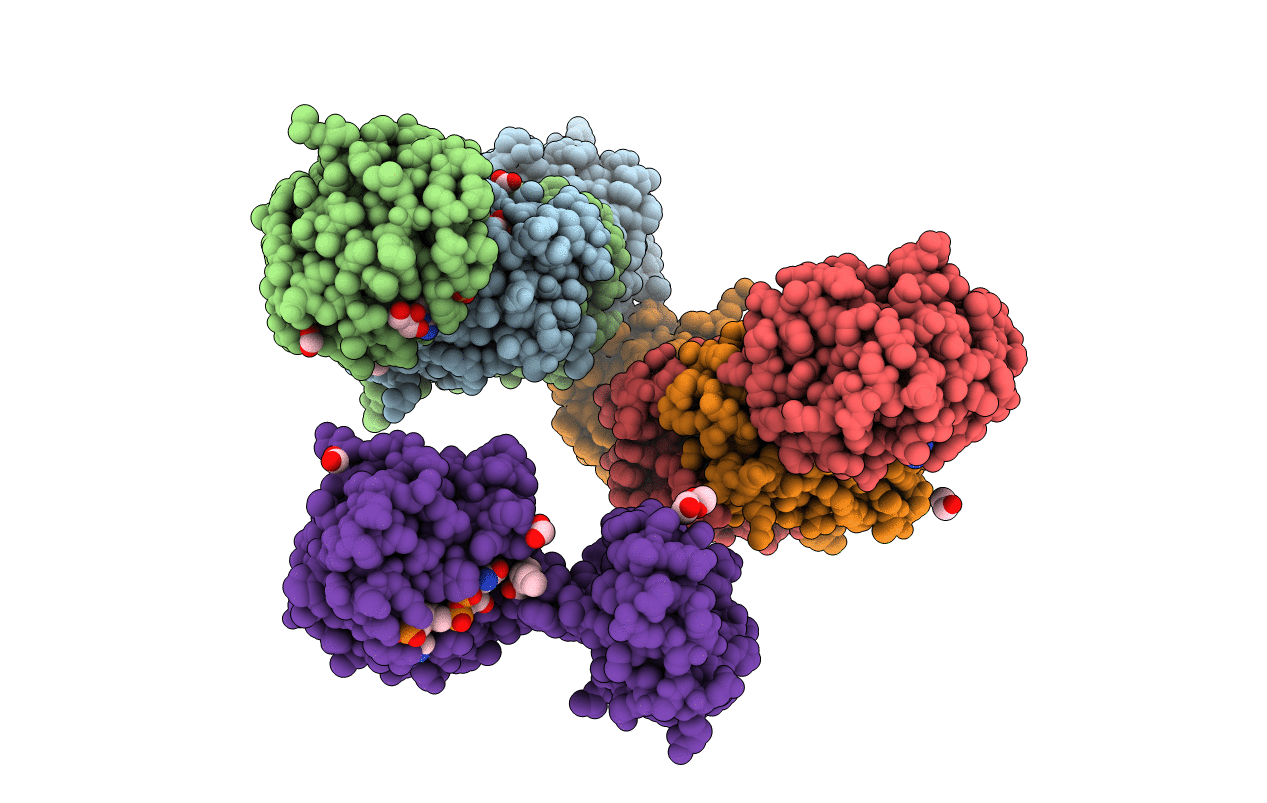
Deposition Date
2019-08-22
Release Date
2020-08-12
Last Version Date
2024-01-24
Entry Detail
PDB ID:
6SMT
Keywords:
Title:
S-enantioselective imine reductase from Mycobacterium smegmatis
Biological Source:
Source Organism:
Mycolicibacterium smegmatis MC2 155 (Taxon ID: 246196)
Host Organism:
Method Details:
Experimental Method:
Resolution:
1.55 Å
R-Value Free:
0.15
R-Value Work:
0.13
R-Value Observed:
0.13
Space Group:
I 1 2 1


